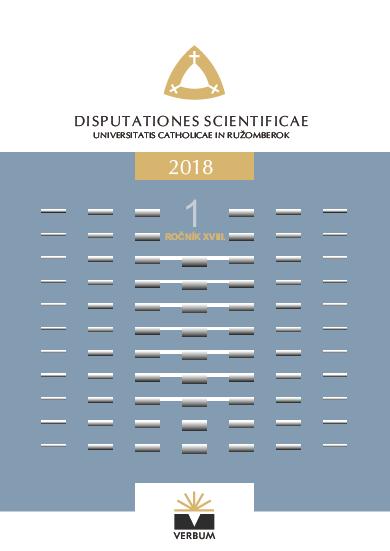Finspongský rukopis Jana Ámose Komenského – kontroverze a protichůdnosti kolem jeho tvorby
Jan Amos Komenský's Finspongish Manuscript – Controversies and Contradictions around his Work
Author(s): Lubomír HamplSubject(s): History, Cultural history, Social history, History and theory of sociology, Sociology of Culture, Sociology of the arts, business, education, 6th to 12th Centuries, Sociology of Politics
Published by: VERBUM - vydavateľstvo Katolíckej univerzity v Ružomberku
Keywords: Jan Amos Komenský; Pansophia; Manuscripts of the XIIth century; Finspongish manuscript; Graphological expertise; Sweden – Finspong and Norrköping; Ludwik De Geer; Society and philosophical critique;
Summary/Abstract: The Author of the present paper introduces a Polish reader to an anonymous manuscript discovered in a Swedish library in Norrköping. Author (originally, the matter was connected with Ludwik de Geer's private book collections from the library in his castle in Finspong). After a graphology analysis had been done by Arild Jägerskogh, it turned out that the described Finspongish manuscript, actually, has its author, the famous „teacher of the nations”, Jan Amos Komenský. It was the manuscript of the seventeenth century which is entitled De Rerum humanarum Emendatione CONSULTATIO CATHOLICA ad Genus Humanum. Ante alios vero Ad Eruditos Europae, consisting of an introduction Europae lumina – in Czech Světlům Evropy – (of 18 pages) and the so called, in Czech, Dedikace Nejmocnější trojici severských království v Evropě (of 2 pages). The manuscript was found by Blanka Karlsson, a Czech researcher of Komenský's works, at the end of the XXth century.
Journal: Disputationes Scientificae Universitatis Catholicae in Ružomberok
- Issue Year: XVIII/2018
- Issue No: 1
- Page Range: 89-98
- Page Count: 10
- Language: Czech

